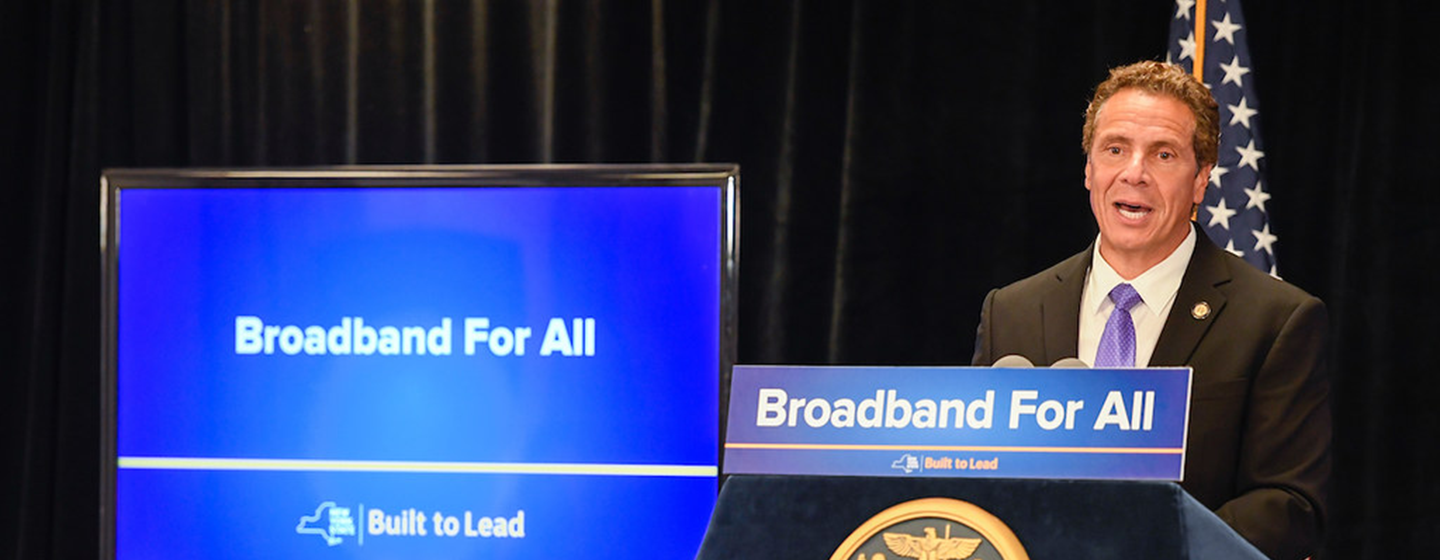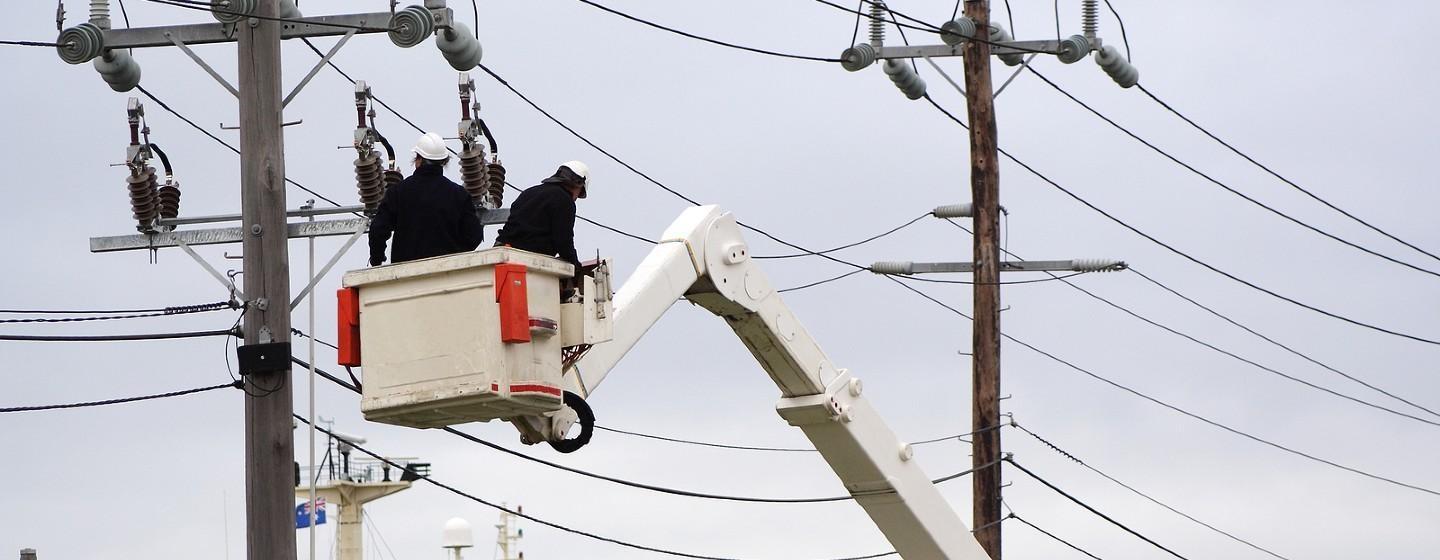NY Will Require $15 High-Speed Internet for Low-Income Families Starting in June

Broadband Access & Affordability in New York State
Large internet service providers will be required to officer plans for high-speed connections at $15 per month to low-income customers starting in the middle of June after legislation on the mandate was signed into law Friday.
New York state will also partner with philanthropic organizations to provide free high-speed internet access to 50,000 students in low-income school districts for one year.
“For America, broadband holds great power,” Cuomo said. “It will either be the great equalizer for society, or it will be the great divider.”
The requirement that internet service providers offer plans at $15 per month to low-income customers was included in this year’s state budget, which was approved last week. Cuomo, on Friday, signed the budget bill into law that contained the mandate.
Eligibility for the program isn’t actually based on income. It’s based on whether a customer qualifies for some form of public assistance, or an existing affordability benefit from a utility provider.
Internet service providers don’t have to start offering the plans until two months from Friday, per the legislation, landing availability in the middle of June.
Not all internet service providers will have to offer those plans. The requirement only applies to companies that service more than 20,000 households, though the state’s larger internet providers — like Spectrum and Verizon Fios — will qualify.
For $15 a month, those customers will have access to high-speed internet with download speeds of at least 25 Mbps. That’s basically enough to surf the web and stream television.
But if a customer needs higher speeds to accommodate a larger family, they can pay a few dollars more for a faster connection. The law requires internet service providers to also offer plans at $20 per month with download speeds of 200 Mbps.
For the 50,000 students that will be offered free high-speed internet for the next year, it’ll depend on where they live.
The program will offer data-enabled mobile hotspot devices to those students, rather than through a hardwire connection, according to its website. Availability will depend on whether their district is approved by the program to participate.
Related

NY Will Set $15 Per Month Price Cap on High-Speed Internet for Low-Income Earners
The deal will also require the state to study access and reliability of high-speed internet service statewide, including in historically underserved rural areas.


